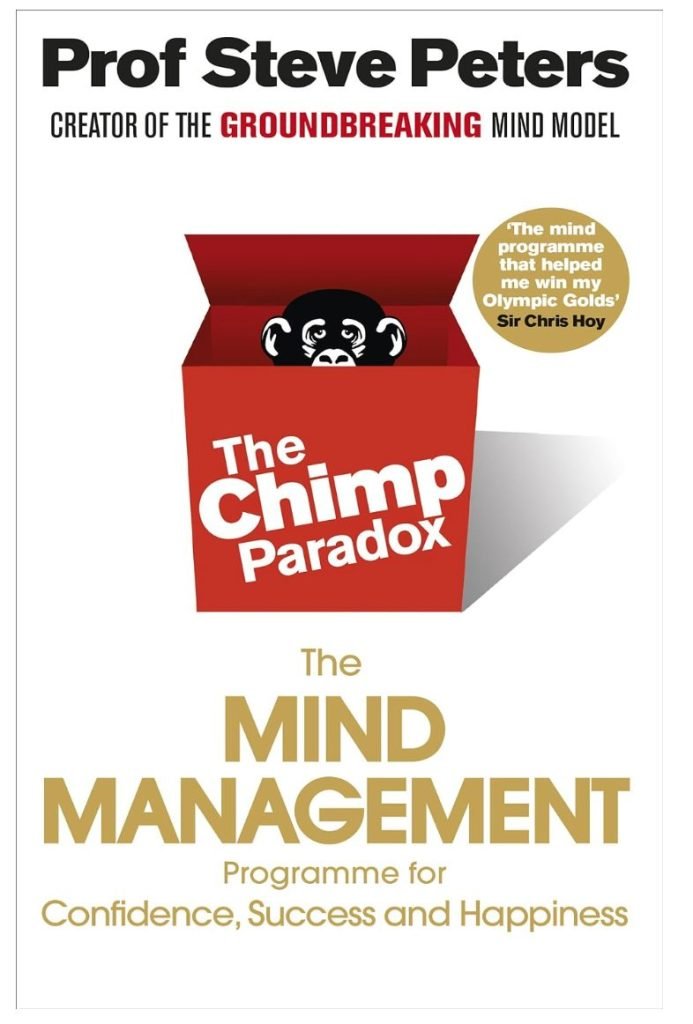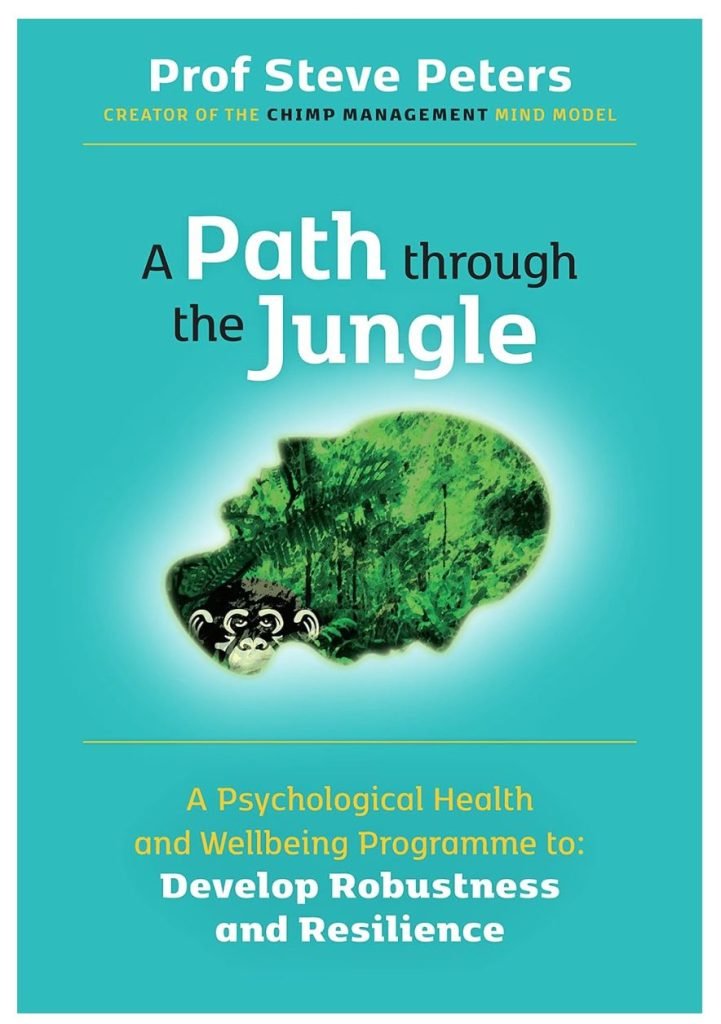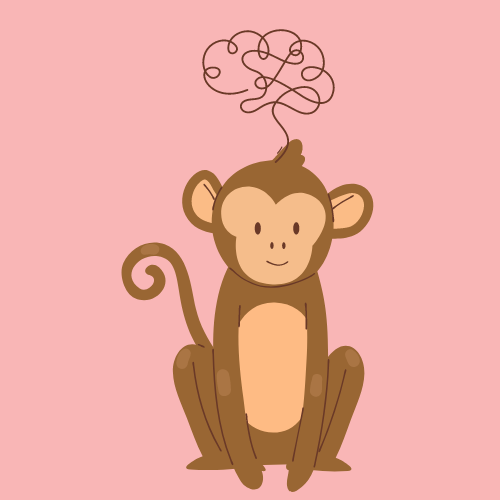The Chimp Model is a simplified way of giving an example that we have two thinking brains.
The outer edge of the brain, known as the cortex, is where thinking takes place and where we put into good use our ‘grey matter’.
If the outer edge had just one area for thinking, we wouldn’t have a problem.
However, there are a few thinking and interpreting areas.
The logical team is the real person, it is you; rational, compassionate and humane, and is the Human within.
The memory banks for reference are the Computer.
The inner Chimp is the emotional team within the brain that thinks and acts for us without our permission. (I also think this is associated with EGO)

The dorso-lateral edge interprets in a rational and logical way. The orbito-frontal cortex interprets by impression, feelings and emotions and has direct links to the amygdala. So, this second way of thinking has ‘joined’ forces with the strongest emotional centre within the brain, the amygdala. What we now have, in effect, are two interpreting brains. One of them is virtually automatic and thinks for us without our input and is based on emotion. The other is under our control and allows us to think, as we want to. The trouble is that these two ’brains’ do not think the same way and they do not typically agree on the interpretation of what is going on. We have a potential ‘battle’ within our head going on all the time!
Is there an easy way to make sense of this and to manage the situation to our advantage? The Chimp Model offers a simplified way of understanding our two thinking brains and how we can learn to use them to the best of our ability.
Professor Steve Peters developed The Chimp Model which consolidates complex neuroscience into an easy-to-understand model.
The diagram shows six specific numbered areas of the brain. Research indicates that each one has a specific role to play and most have much more than one role to play.


The amygdala
(A chief emotional centre in the limbic area or limbic system)
A fast-acting defence mechanism that does not think but responds quickly

The orbito-frontal cortex
(A smaller area on the outer edge of the frontal lobe)
Acts by trying to control impulses and uses moral judgements to keep us within social norms.

The uncinate fasciculus
(The pathway joining the amygdala to the orbito-frontal cortex)
Is a moral guide providing us with a conscience and guilt

The dorso-lateral pre-frontal cortex
(Part of the frontal lobe)
Works analytically, thinking with logic

The ventro-medial pre-frontal cortex
(This is the area encircling pathway number )
Considers the feelings of others and empathises

The cingulate cortex
(This is a part of the limbic area)
Is involved in decision-making influenced by past experience
About Professor Steve Peters
Professor Steve Peters specialises in the human mind, with experience in psychiatry, education, and the NHS for over 20 years.
He has served as Clinical Director in Mental Health Services, Bassetlaw Hospital, and Rampton, as well as a Senior Clinical Lecturer at Sheffield University. Peters holds degrees in medicine, mathematics, education, sports medicine, and psychiatry.





